
David and Jenny jump right into the assembly of the removeable, wood legs and braces used to elevate the L-girder benchwork off the ground. Along the way, David shares construction tips and tricks that apply to the construction of any layout – large or small! […]
Read More…
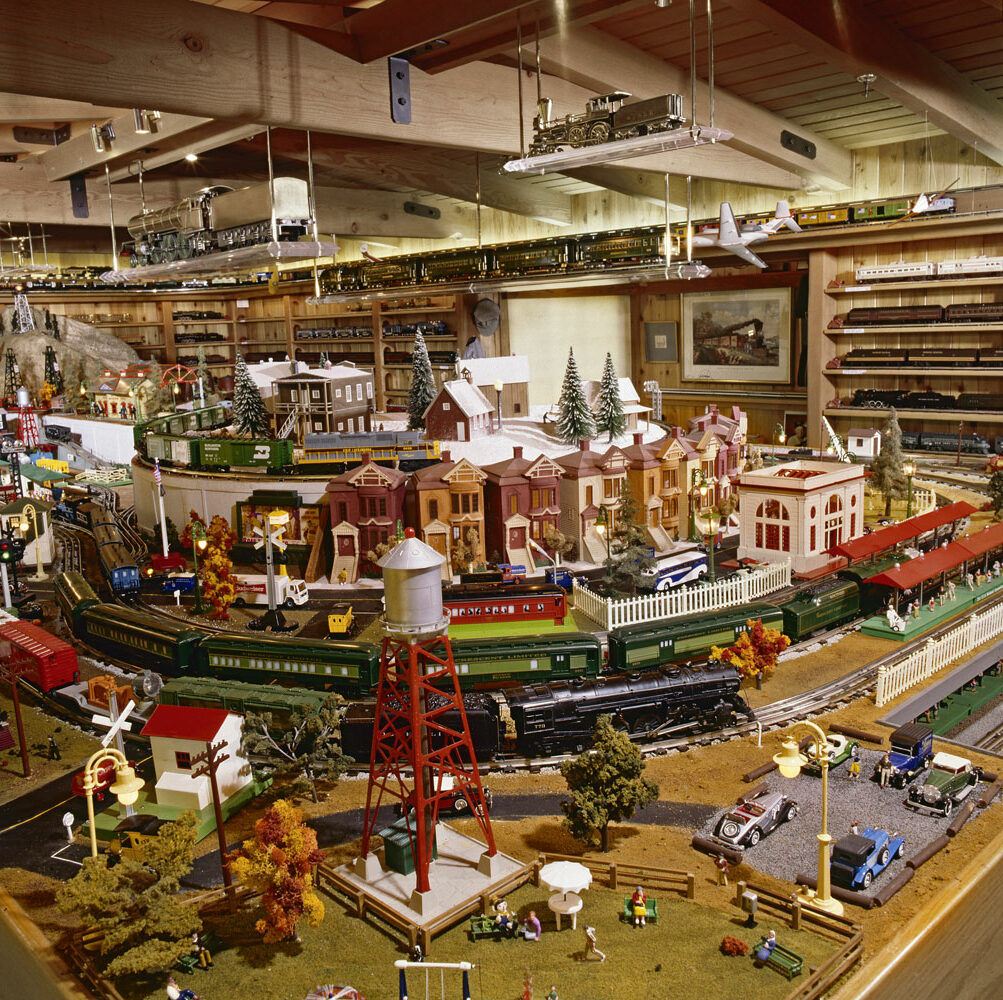
Frank Sinatra’s O gauge railroad included many collectible pieces as well as everyday items. They were all colorful and fun to the legendary singer and his family. As noted in the November 2015 Classic Toy Trains, members of the Sinatra family believe he was introduced to the hobby by visiting the home of big-band leader […]
Read More…
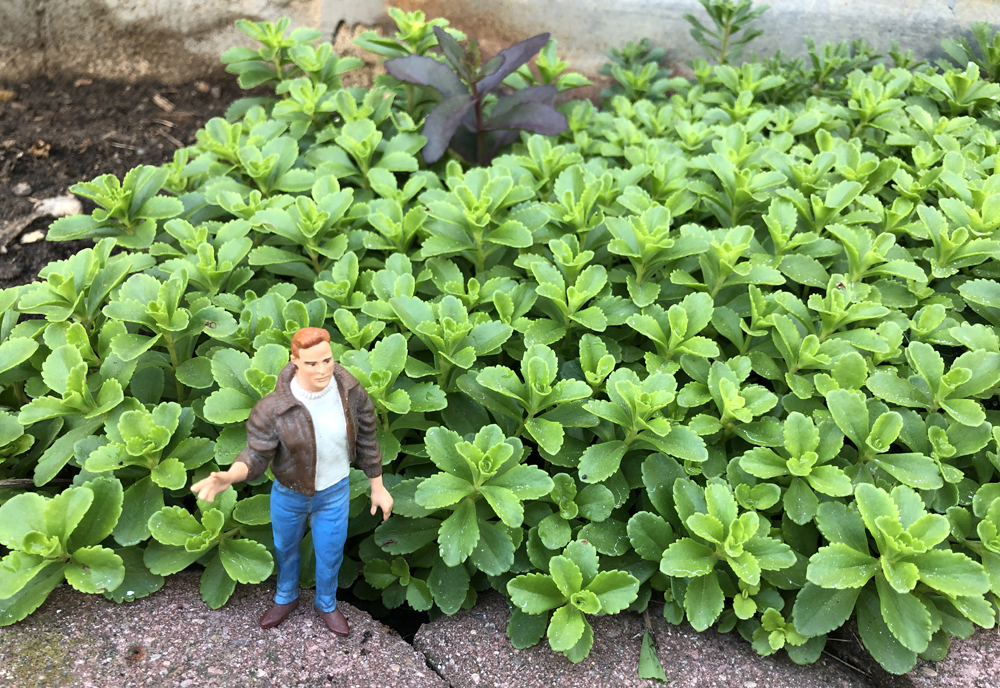
Latin name: Sedum sp. Common name: Miniature sedum Plant type: Groundcover Plant size: Foliage under 2″ tall x 10″ wide, or less USDA Hardiness Zones: Varies Cultural needs: Full sun and dry soil Full size sedums (also known as stonecrops) have long been used as groundcovers for hot, sunny, dry sites. They spread quickly, are […]
Read More…
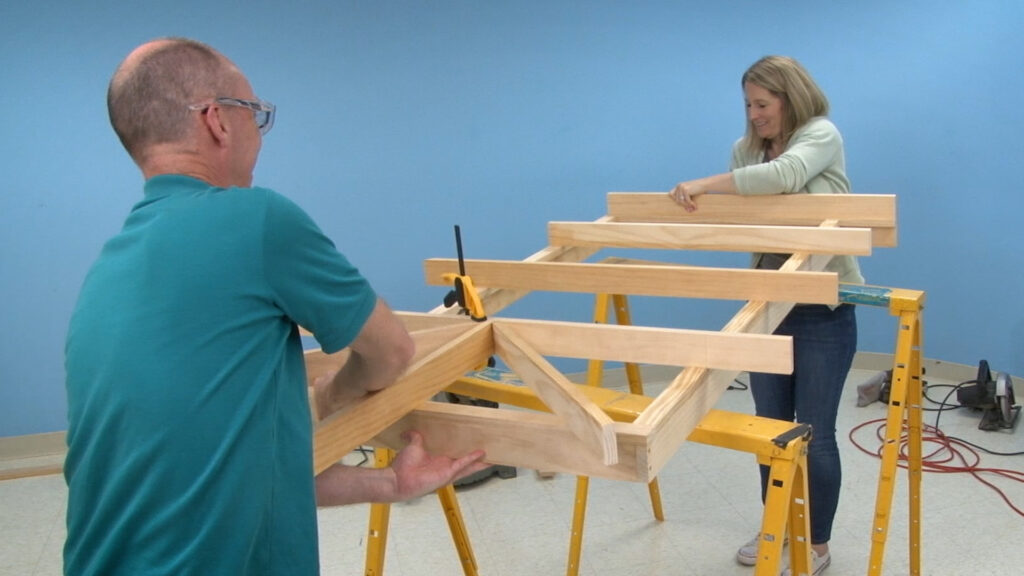
To get the series underway, host David Popp enlists the help of Trains.com editor Jenny Freeland. The two discuss the versatility of this wood framework, before teaming up to build a segment for the N scale layout. […]
Read More…
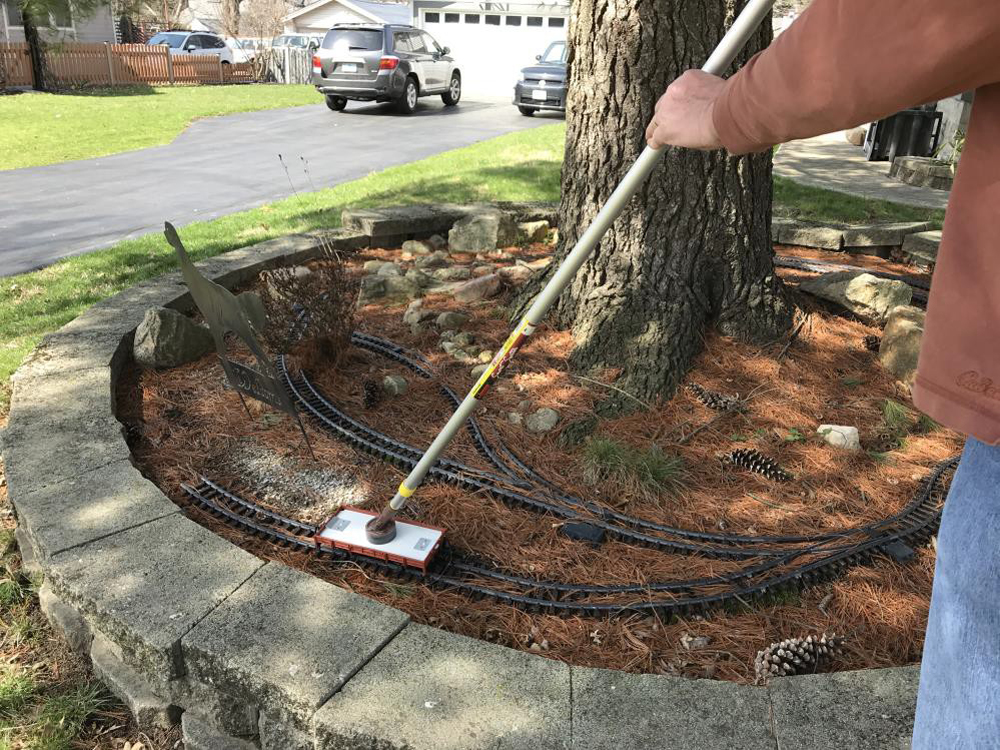
Crawling around on the ground to clean my rail was getting tiring. I needed a new method to clean track, so I built an elevated track cleaner to get the job done instead. Supply list Wooden extension pole Drywall pole sander head Two-truck LGB gondola car LGB #50050 track cleaning attachment Scrap thin-gauge aluminum ¼” […]
Read More…
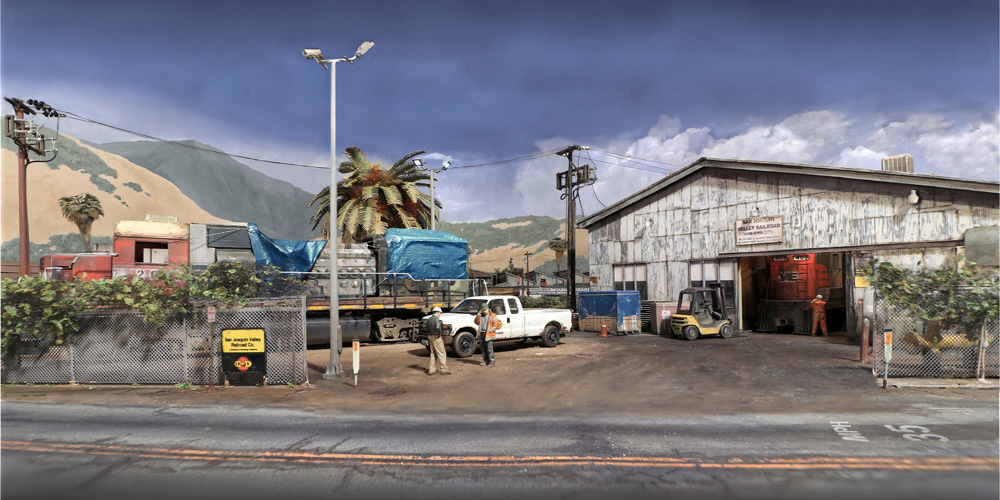
Trackside Photos is a showcase for the work of Model Railroader readers. Send your photos (digital images 5 megapixels or larger) to: Model Railroader, Trackside Photos, P.O. Box 1612, Waukesha, WI 53187-1612; or upload them to http://fileupload.kalmbach.com/contribute. For our photo submission guidelines, contact associate editor Steven Otte at sotte@mrmag.com. […]
Read More…

When you think of engine facilities on the BNSF Ry., images of large, multi-bay structures; wash racks; and sand towers and fuel columns that can handle 10 or more locomotives at a time probably come to mind. And that makes perfect senses considering the railroad’s size. BNSF has facilities like this in Alliance (Neb. and […]
Read More…
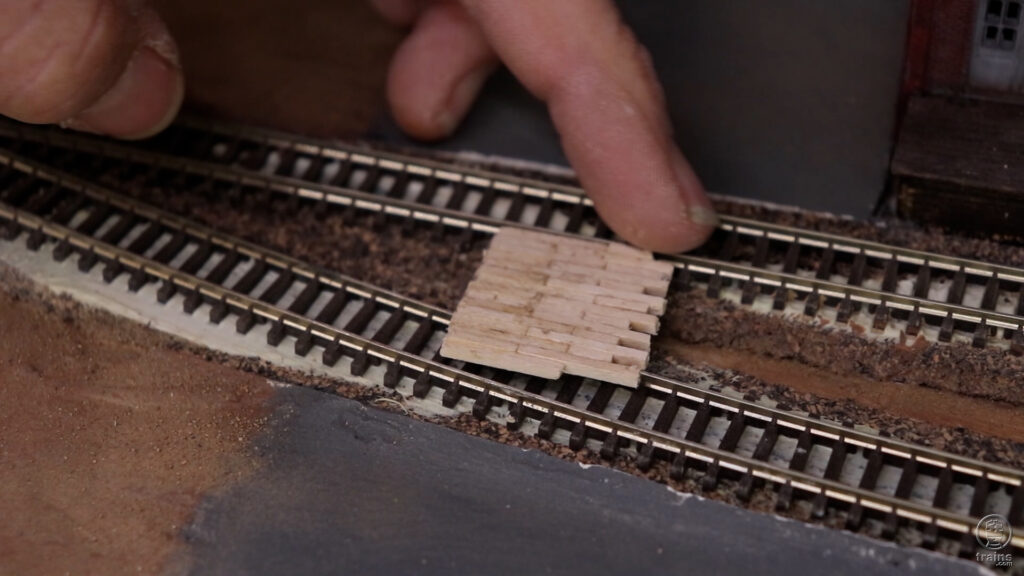
Where the roads intersect with the tracks on Steve Brown’s N scale layout, our humble host has decided to add timber-tie grade crossings. This time around on Scale it Down, he shares his process for working with strips of basswood to complete the task. […]
Read More…

Host Steve Brown continues to pave the way in and around the tracks of his N scale layout. See how he pairs regular old drywall mud with some simple techniques to install smooth, paved surfaces, including parking lots, roads, loading pads, and more! […]
Read More…

Toy train smoke hijinx (and a minor train wreck) abound as Hal Miller and Rene Schweitzer try a variety of the scents in JT’s Mega Steam fluid line. The smoke fluids are now available from the Kalmbach Hobbystore. Rene and Hal discover with their tests that there’s a world of smells beyond coal and diesel […]
Read More…
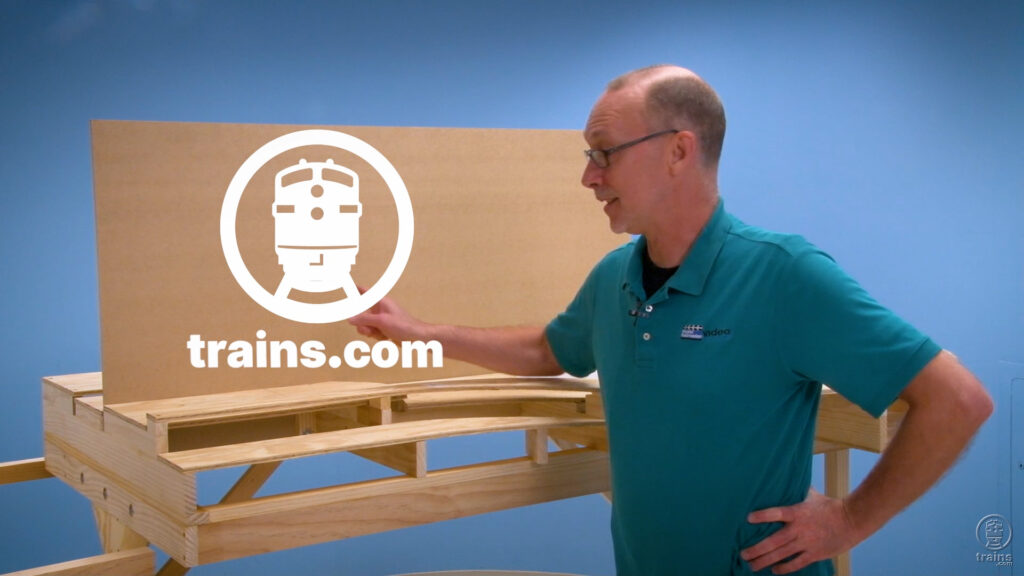
Trains.com and Model Railroader magazine unite to launch an all-new project railroad! Series host David Popp leads the way into the initial overview and planning of this N scale (1:160) layout. This mid-sized, stand-alone model railroad draws inspiration from the legendary HO scale Milwaukee, Racine & Troy, so you’ll see plenty of new and familiar […]
Read More…
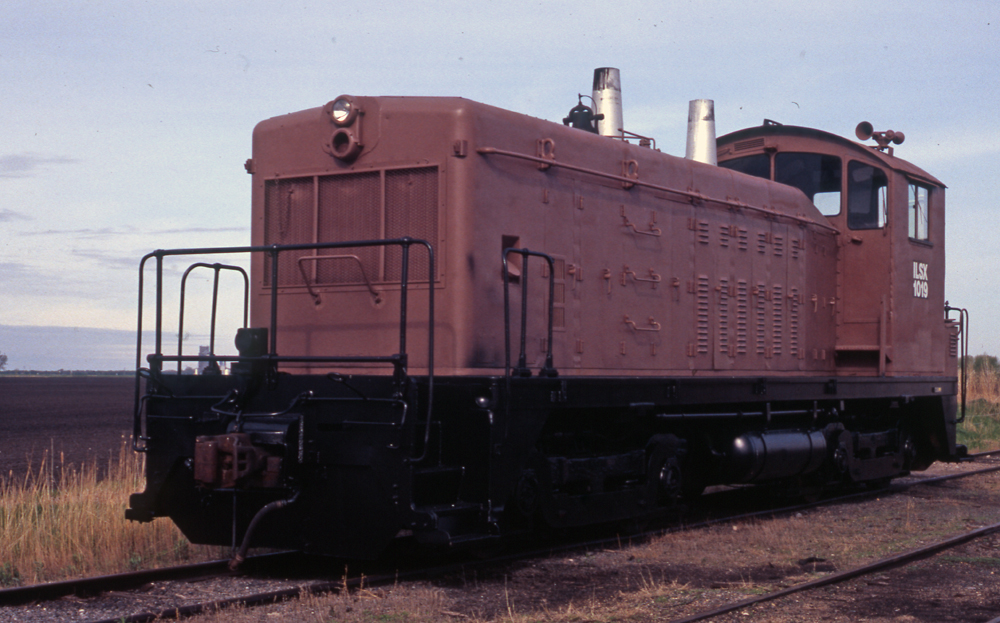
Independent Locomotive Service (ILSX) and KBN Inc. became co-owners of my hometown railroad, the Minnesota Northern (MNN), in August 2000. Since taking over the short line from RailAmerica, the railroad’s fleet of MNN-painted and lettered diesels has been supplemented with assorted lease units from ILSX. Everything from Electro-Motive Division (EMD) SW1s to SD40T-2s have been […]
Read More…












